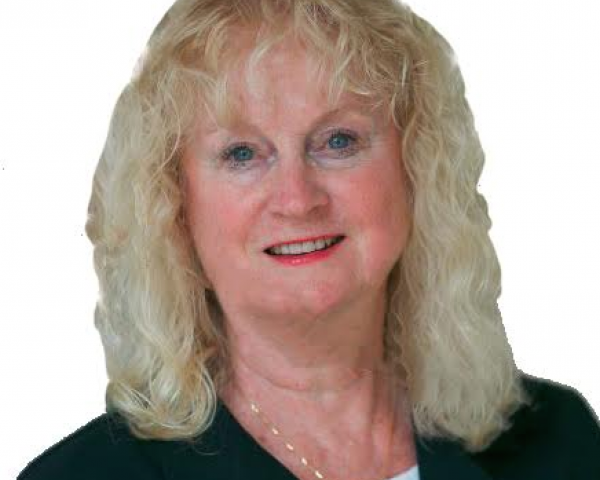The “yeah buts” are waning across commercial lines as executives find emerging technologies that can improve business outcomes.
Historically, technology adoption within commercial lines organizations has been met with a wall of push-back, largely related to commercial lines being wrapped in a cloak of “art versus science” thinking. Because of risk and product complexity, commercial lines organizations believed that only highly trained and seasoned humans could be involved with processes and decisions.
Additionally, due to the predominance of large, enterprise-scale projects, characterized by protracted ROI exercises and IT resource allocation exercises, past technology choices generally brought out the “yeah buts.” (What are the “yeah buts”? This is the response to enterprise technology options, to which commercial lines product and underwriting heads promptly responded – “yeah, but that doesn’t work for us.”) In many cases, this was not an inappropriate response because of risk and product complexity. But, at long last, there is a change afoot, and it lies within emerging technologies.
SMA has been conducting research and surveys around emerging technology since 2010 to gain insight and understanding of insurance industry adoption and spending. In the past, results have predominantly trended across the P&C industry. However, the recent 2018 results reveal clear differences between commercial lines and personal lines organizations. Even more exciting, commercial lines product segment and transactional differences are emerging. As the phrase goes:
Vive la difference!
See also: Expanding Into Commercial Lines
So, what does all this mean? SMA’s recent report,
Emerging Tech in Commercial Lines: Ramping Up Adoption, covers eight emerging technologies that hold great promise for commercial lines organizations: artificial intelligence (AI), new user interaction technologies, the Internet of Things (IoT), drones, blockchain, autonomous vehicles, new payment technologies and wearables. How are commercial lines organizations viewing these technologies? Here are some examples that show emerging technologies are being viewed uniquely by varying commercial lines segments and processes:
- AI – This technology garners the highest percentage of implementations of all the emerging technologies by almost twice the other categories, with 26% indicating so. Investment in AI exceeds the next closest emerging technology by more than 24 percentage points. The difference: It can drive straight-through processing for small business and simple specialty lines and support complex decisions for middle market, large national/global accounts and complex specialty lines. “Art versus science” well managed!
- New User Interaction Technologies – This is another technology that is affecting small commercial lines as this product segment goes digital. But 67% of all responders see the value in customer experience, regardless of product segment, and 50% are focused on policy servicing.
- Blockchain – While personal lines organizations are generally assessing the applicability of blockchain, commercial lines have found use cases and pilots. 42% of survey respondents believe that policy servicing and billing are the significant value areas. Global and complex lines of business are the first target areas.
See also: Top 5 Themes in Commercial Lines
Other emerging technology examples and spending projections can be found in SMA’s
commercial lines report. But the big takeaway for me is that, happily, the “yeah buts” are disappearing across commercial lines of business and products as executives search for and find emerging technologies that can improve business outcomes. Because of the way emerging technologies are being delivered by incumbent and insurtech providers, discreet value choices can be made without having to launch enterprise-level projects.
Vive la difference!!!








